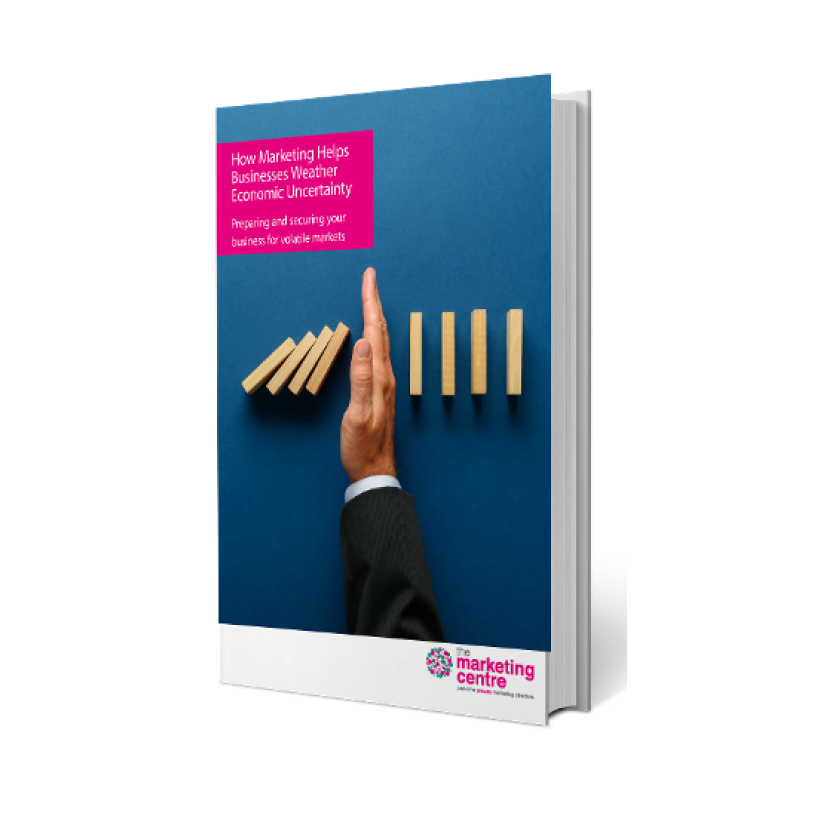We often think of social media as a place where time is wasted. But time spent on LinkedIn can be productive, provided you go about it in the right way.
A few weeks ago we wrote about the massive shift that has taken place on LinkedIn over the past few years.
The platform has transformed from a recruitment tool to a vibrant social network with 600 million active users. More importantly, it’s become a place where you can reliably meet customers and grow your network, especially within B2B.
Almost all businesses have a company account, but company accounts perform much worse than personal accounts. Some of the most successful personal accounts are business owners.
Basically, if you’re a business owner and you’re not using LinkedIn to its full potential, you’re missing out on a way to share your valuable marketing content and generate leads. And you’re handing your competitors an open goal.
Here’s how business owners can use LinkedIn to promote their personal brand and their business.
It has to be you
There are three types of LinkedIn user:
- Has an account but never uses it
- Has an account and gets someone else to do it
- Uses it personally
Option three will take up more time than one and two, but you’ll get so much more back in return.
To make the most of LinkedIn, you need to regularly share your thoughts, ask questions, interact with others and generally participate in the conversation.
These are really hard to do well unless you’re doing it yourself.
It’s pretty obvious when someone is genuinely participating and when they’re paying other people to do it for them.
Social media is all about personal connection. That’s a difficult thing to outsource.
Mirror your real life network
This may sound obvious, but it’s important.
Your LinkedIn network should mirror your real life network.
People that know you in real life are more likely to take an interest in what you think, which will increase your engagement and reach. Find and connect with your colleagues, customers, suppliers and other associates.
- You may like: LinkedIn has fundamentally changed - has your approach?
That said, avoid hoovering up as many connections as you can for the sake of it. Your feed will clog up with people you don’t know, making it harder to interact with the people you care about.
On that note, there is a decision here to make around scale. It’s good to make this decision early.
Some people advocate connecting with as many relevant people as you can, including those you hardly know or that work in your field but you’ve never met. Others think it’s better to focus on a small group of real life connections.
There are pros and cons to both.
High volume could build you a larger audience in the end, but those connections are going to be less relevant and, realistically, less likely to deliver actual opportunities.
Low volume will be more impactful and personal, but you’ll reach fewer people.
Create value for others
Social media is at it’s best when people ask questions, share advice, tell stories and genuinely take an interest in others.
If you’re unsure what to post right away, take a step back and watch what others are doing.
A simple but effective way to get started is to write about what you’re up to and who you’re working with. Remember to @mention them by name so they get a notification.
"Championing others is better than showboating."
If things are going well, share some positive feedback with the team. Championing others is better than showboating.
For more detailed advice, check out this great article from Sally Shuttleworth, one of our Regional Directors, on how to get 50% more engagement on your LinkedIn posts.
Don’t get distracted by groups
LinkedIn groups used to be a great way of meeting people, but that’s not so much the case these days.
People and businesses often create groups to promote themselves. The people that join those groups usually do it so they can promote themselves.
We’ve all been to networking events where everyone seems to be ‘on the sell’. LinkedIn groups can be a bit like that.
So unless you find a good group, keep it public. You’ll meet more people and have better conversations.
Write or repurpose articles
Rather than linking out of the platform to content on other websites, publish that content on LinkedIn itself using LinkedIn Articles.
Like all social networks, LinkedIn wants to keep you on the platform for as long as possible. More users on the platforms means more advertising revenue. For this reason, LinkedIn articles get more organic reach than third-party content.
So if you have an article that you’ve written and want to share on LinkedIn, share it as an article on the platform and it will be seen by more people.
Once again, if you’re going to write something from scratch and you’re looking for tips, the post that we shared earlier from Sally is full of great advice.

If you want to generate even more reach, here’s another good approach, although it may sound a bit complex for people who are just getting started.
Instead of linking to your article, try to create a discussion around it. There are two parts to this.
In the post copy, try to set up a debate and @mention a few people who might have an interesting point of view on the article that you’ve written.
Then, instead of linking to your article in your original post, leave a comment on your own post, linking to your article.
LinkedIn prioritises posts that get a lot of comments and they give additional reach to posts that do this without any links in the post copy. This approach optimises your content for the LinkedIn algorithm, which will get it seen by more people.
Use search
LinkedIn has powerful search functionality that you can use to find businesses, people and content from outside of your network. This is useful for tracking down people with the skills or knowledge that you need or expanding your connections in a targeted way.
As mentioned earlier, try to avoid being spammy.
Adding as many people as you can with the words ‘IT Director’ in their bio is unlikely to achieve very much. But looking for people with specific skills and dropping them an informal message might help you make a valuable new connection.
Consider upgrading your account
There are several tiers of LinkedIn membership. Unsurprisingly, the more you pay, the more added functionality you get. For most users, the free functionality will be fine.
The premium accounts are designed for people who want to invest a lot of time (and quite a bit of money) in social selling and recruitment.
They give you added search functionality, the ability to see who’s been looking at your profile, messaging to people outside of your network and more detailed analytics.
If you’re considering upgrading, make sure you get a free trial first so you can see if it’s worth it.
A quick word on LinkedIn advertising
LinkedIn ads are expensive. More expensive than the other platforms.
You need to be really clear about who you’re targeting and ideally have some kind of proof that the content or messaging you’re distributing will work. ‘Test and learn’ is an expensive way to operate when your tests are live ads that can cost as much as £12 per click.
"Start small and measure obsessively."
That said, LinkedIn ads can be effective when you’re targeting very specific groups of people with a product or service at a high price point. If you do decide to try it out, start small and measure obsessively. And remember, your KPI should be conversions on your landing page, not clicks on the ad.
If you decide to start making better use of LinkedIn, take a moment to consider what your goals are and how much time you’re willing to invest. Positive intentionality is always a good idea.
Social media, like content marketing, is a long-game. Don’t expect to set the platform on fire overnight. Enter into the conversation with humility and try to learn as much as you can from the people around you.
See you there!
Images via Adobe Stock (Nongnuch Leelaphasuk) and Pixabay


